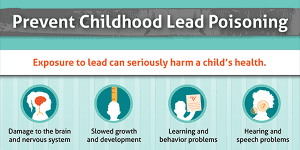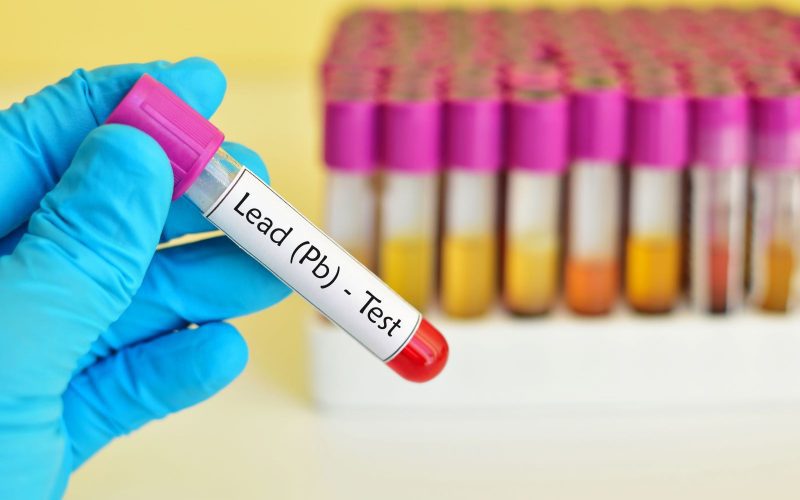Parental Guide: Combatting Lead Poisoning Threats Together
Introduction:
Greetings, concerned parents, dedicated educators, and community advocates! A fervent champion for children’s health and a seasoned researcher deeply committed to public health and family welfare. Over the past decade, my journey has been centered around engaging communities and educating them on various health-related issues, with a specific focus on the perils of lead poisoning.
Understanding the Lead Poisoning Menace
The Lurking Danger
Lead poisoning remains an insidious threat, often concealed within the comfort of our homes, the walls of schools, and even the soil of our neighborhoods. The menacing aspect of lead is its quiet, almost invisible nature, which poses a significant risk to our children’s health.
Health Implications
The health implications of lead poisoning are alarming. Children, primarily under the age of 6, are most vulnerable. Lead exposure can result in severe cognitive and physical impairment, affecting neurological development, leading to learning disabilities, behavioral problems, and, in extreme cases, even causing seizures or death.
Identifying At-Risk Environments
Spotting the Culprits
Understanding where lead exposure stems from is the first step in combating this threat. Common sources include lead-based paint used in older homes, contaminated soil, dust, drinking water delivered through lead pipes, toys, and certain traditional remedies.
Risk Assessment Techniques
Empowering parents and educators with the ability to identify potential sources of lead is crucial. From DIY testing kits to professional inspections, various tools are available to determine the level of risk within a particular environment.
Collaborative Strategies for Action
Engaging Parent-Teacher Associations
Parent-Teacher Associations (PTAs) play a pivotal role in raising awareness and fostering community engagement. By organizing workshops, seminars, and awareness programs, PTAs can educate families on the risks and preventive measures against lead poisoning.
Advocacy Networks’ Role
Advocacy networks are essential allies in this battle. These groups offer resources, support, and guidance, advocating for policies that ensure safer environments for children, encouraging community involvement, and supporting affected families.
Effective Preventive Measures

Home Remediation Tactics
When it comes to homes, proactive measures like encapsulation, removal, or replacement of lead-based paint, and maintaining a clean environment can significantly mitigate the risks. Additionally, frequent handwashing and reducing dust exposure can be effective preventive steps.
School Environment Solutions
In educational settings, regulations must be strictly adhered to. Regular inspections, maintenance, and the development of policies ensuring lead-safe environments are fundamental. With budgets allocated for these measures, schools can create safer spaces for children to learn and grow.
Empowering Families: Taking Action Steps
Educational Campaigns
Informative campaigns are essential. These help communities understand the risks, the importance of early detection, and the steps required to prevent lead exposure. Hosting workshops, distributing educational materials, and collaborating with health professionals can significantly impact community awareness.
Policy Advocacy
Empowering parents to advocate for stricter regulations and policies is crucial. By raising their voices and collaborating with policymakers, parents can push for laws that protect their children from lead exposure and ensure accountability for the safety of public spaces.
Key Points Table: Understanding Lead Poisoning
| Section | Key Points Covered |
|---|---|
| Understanding the Threat | Lead poisoning prevalence, health implications |
| Identifying Risks | Common sources, risk assessment techniques |
| Collaborative Strategies | PTA engagement, advocacy networks’ role |
| Preventive Measures | Home and school remediation strategies |
| Empowering Families | Educational campaigns, policy advocacy |
Comparative Table: Preventive Measures
| Measures | Home Remediation | School Environment |
|---|---|---|
| Assessment | DIY kits, professional inspection | Professional inspection, policies |
| Remediation Techniques | Encapsulation, replacement | Encapsulation, regular inspections |
| Cost | Variable | Budget allocation by authorities |
| Time Required | Depends on severity | Ongoing maintenance and checks |
In conclusion, our collective action is imperative in combating the menace of lead poisoning. By understanding the threat, identifying risks, engaging communities, and advocating for safer environments, we can protect our children from the hazards of lead exposure.
Remember, your participation matters. Together, we can make a substantial difference in our communities’ health landscape. Let’s join forces and combat lead poisoning threats, hand in hand.












